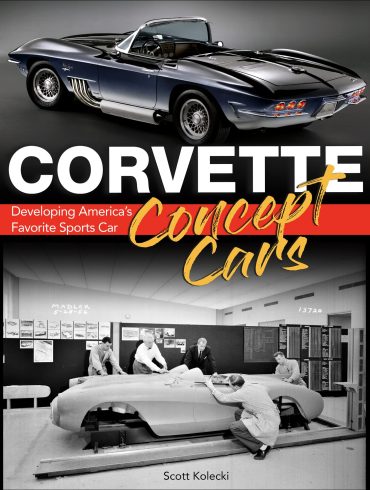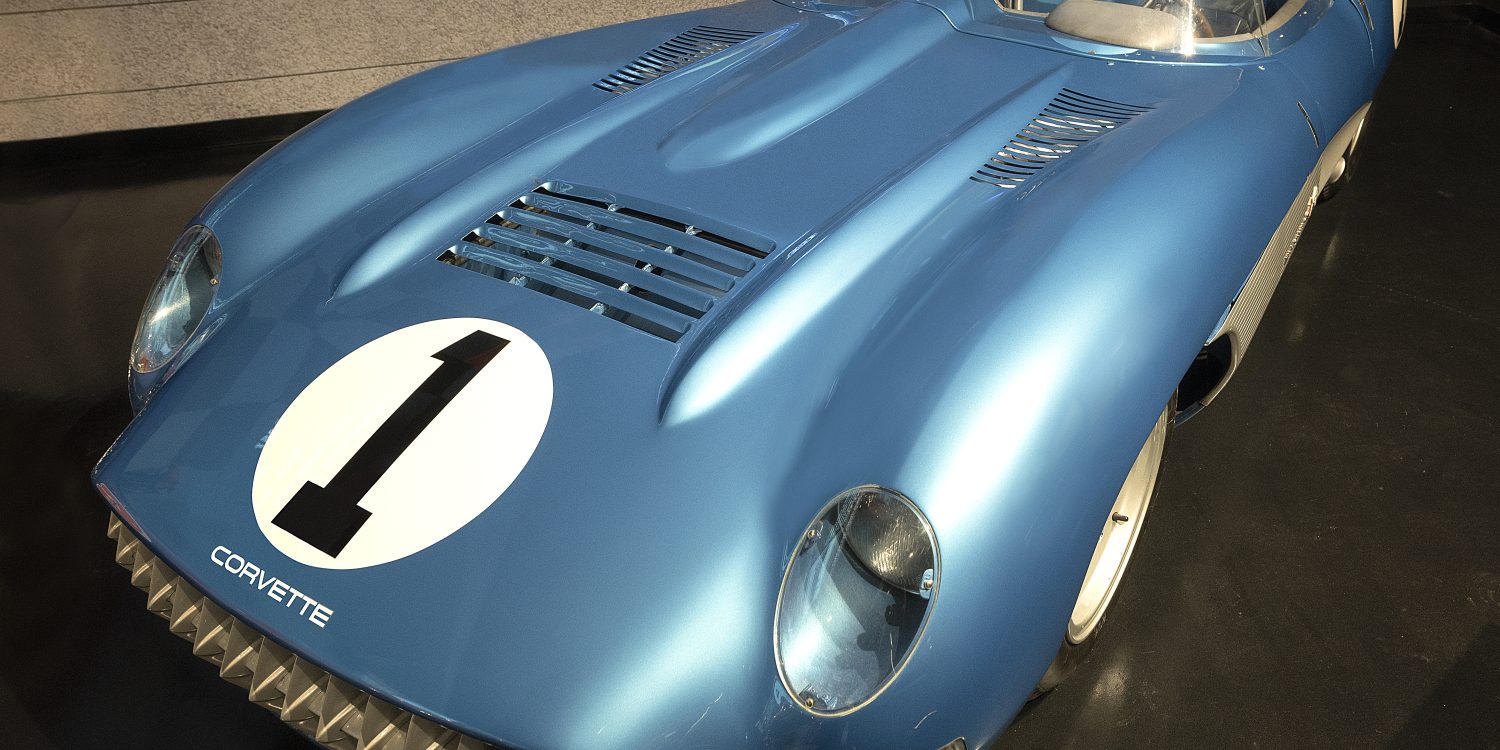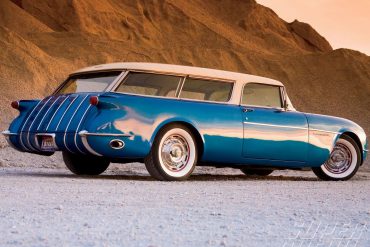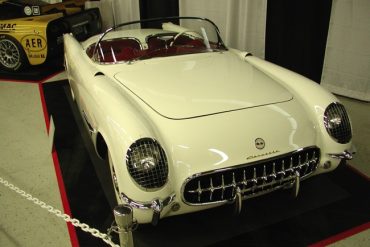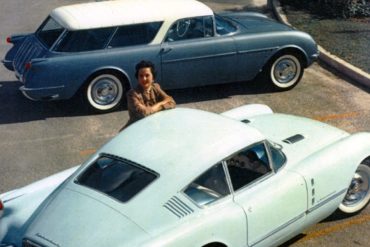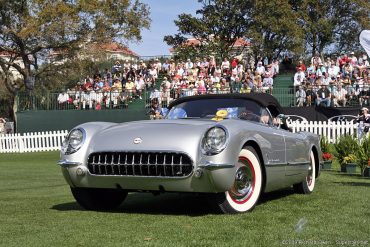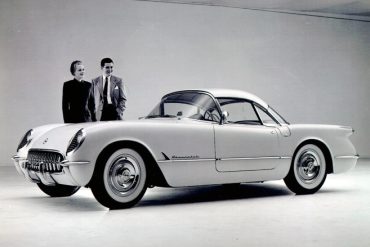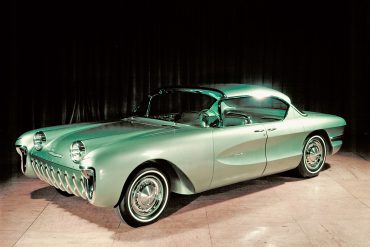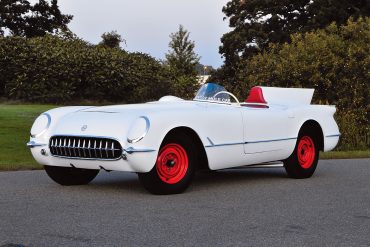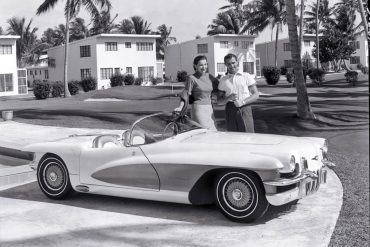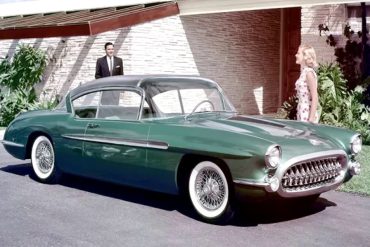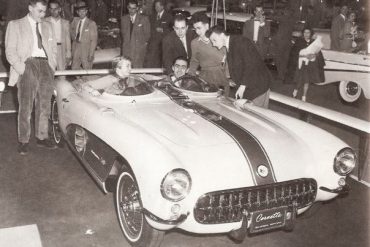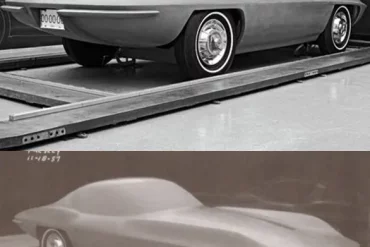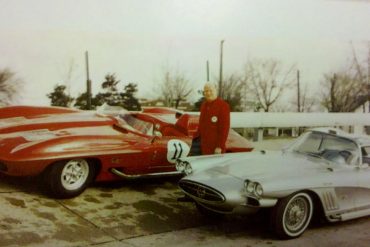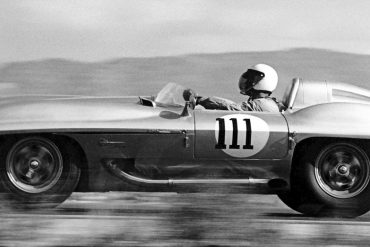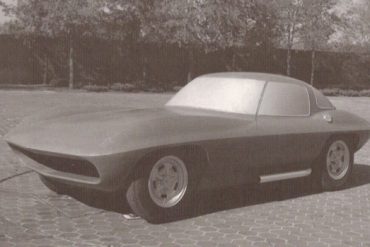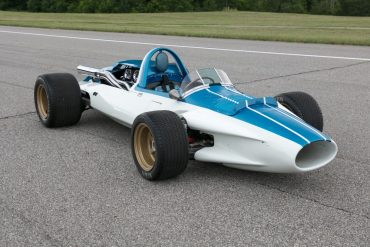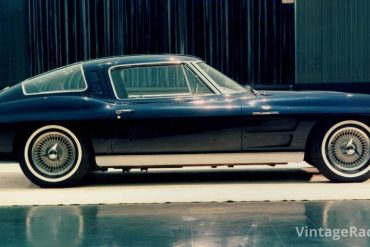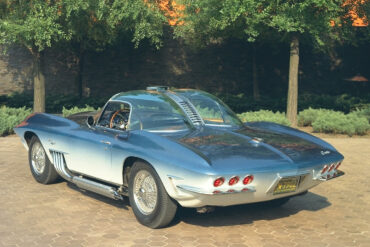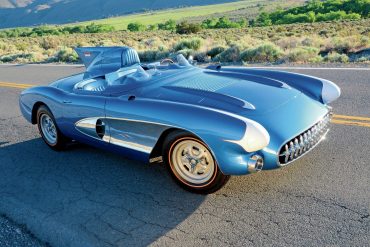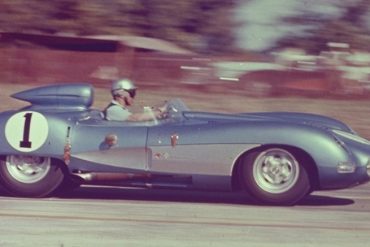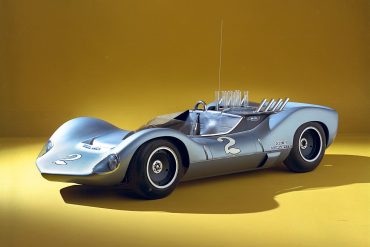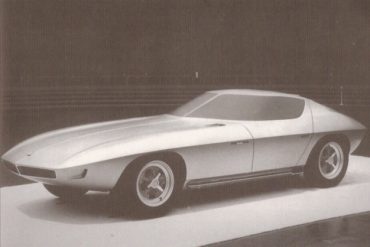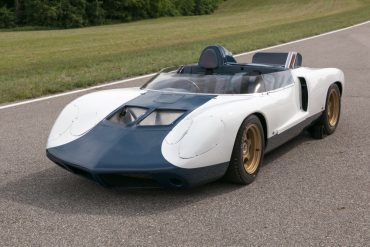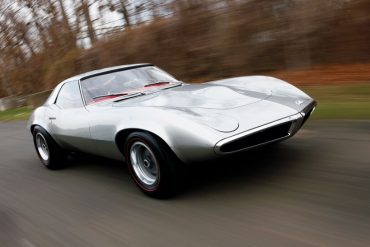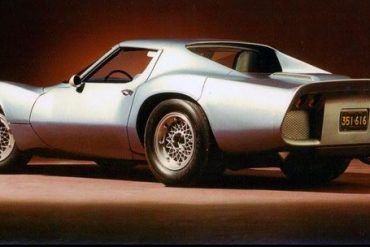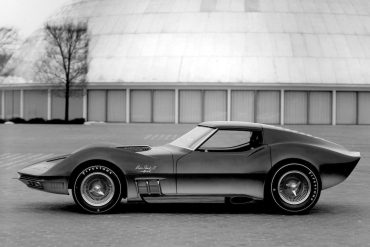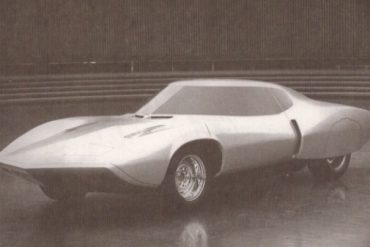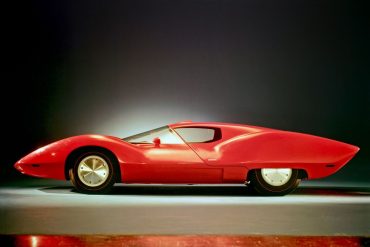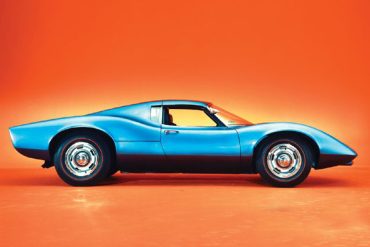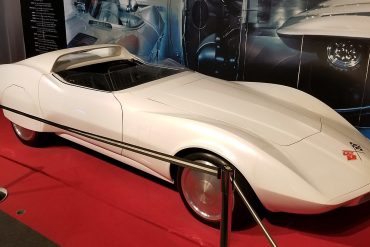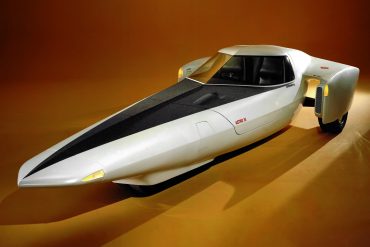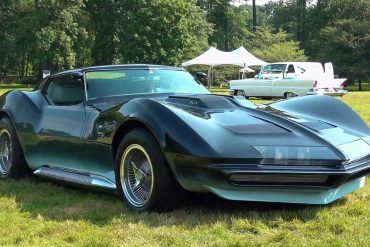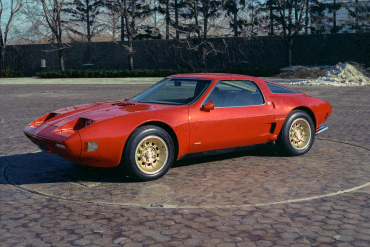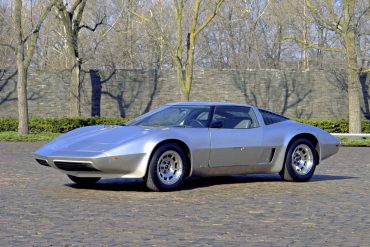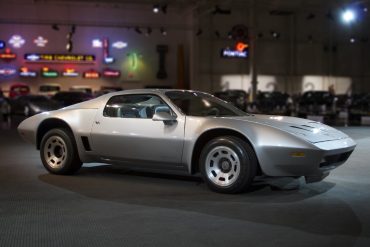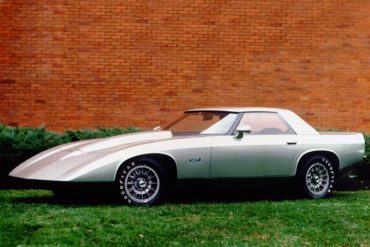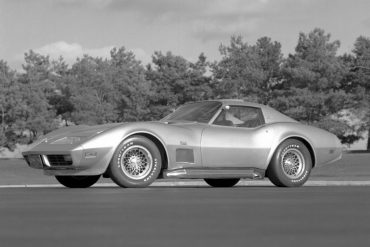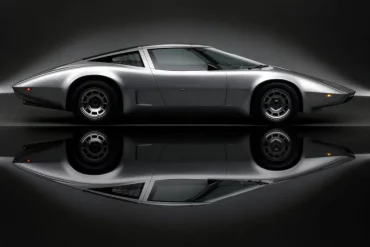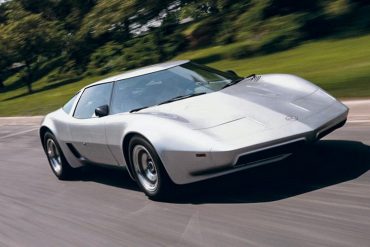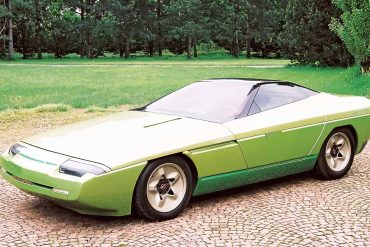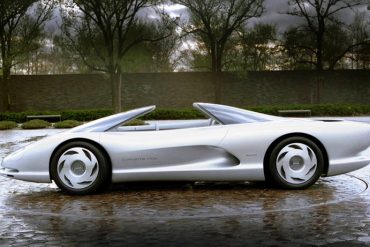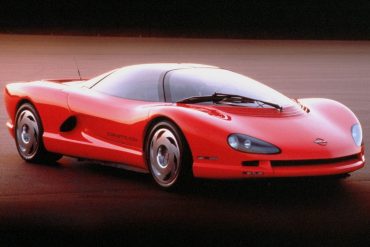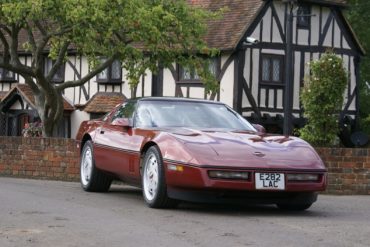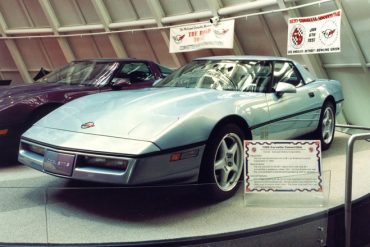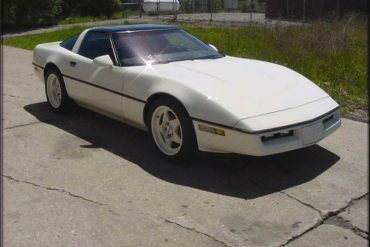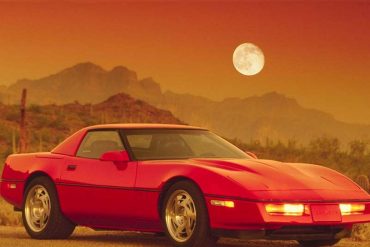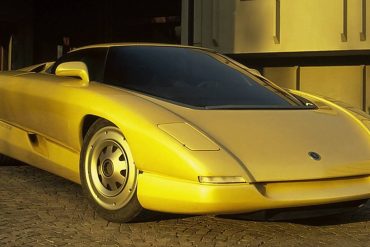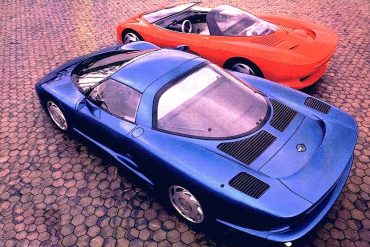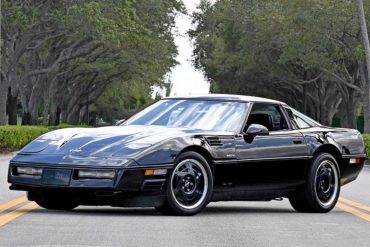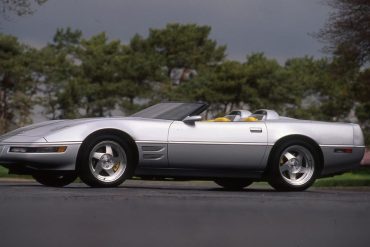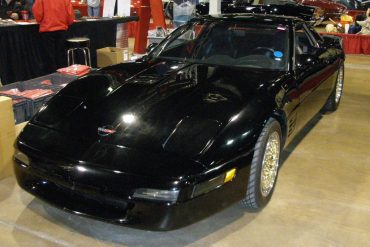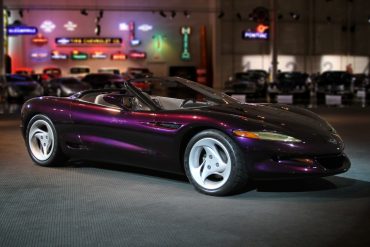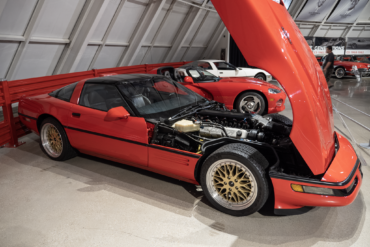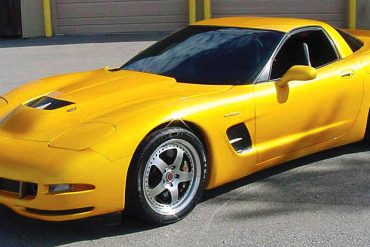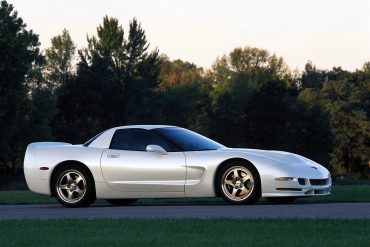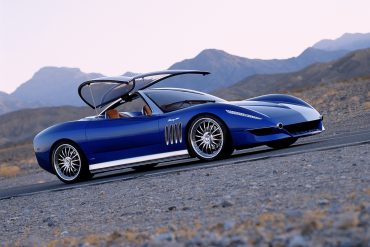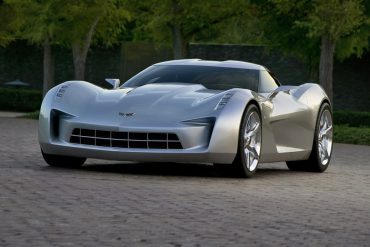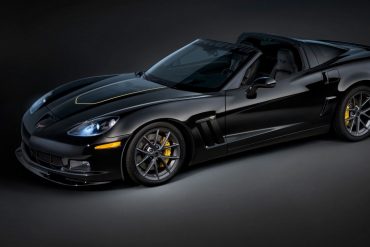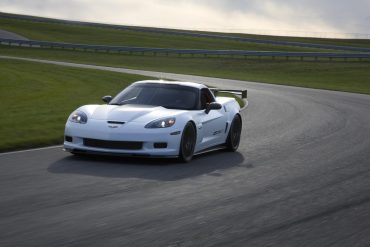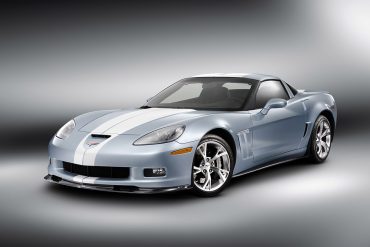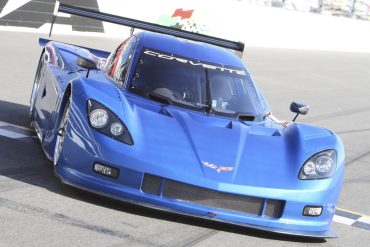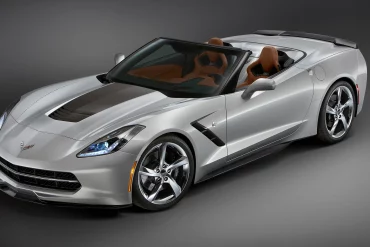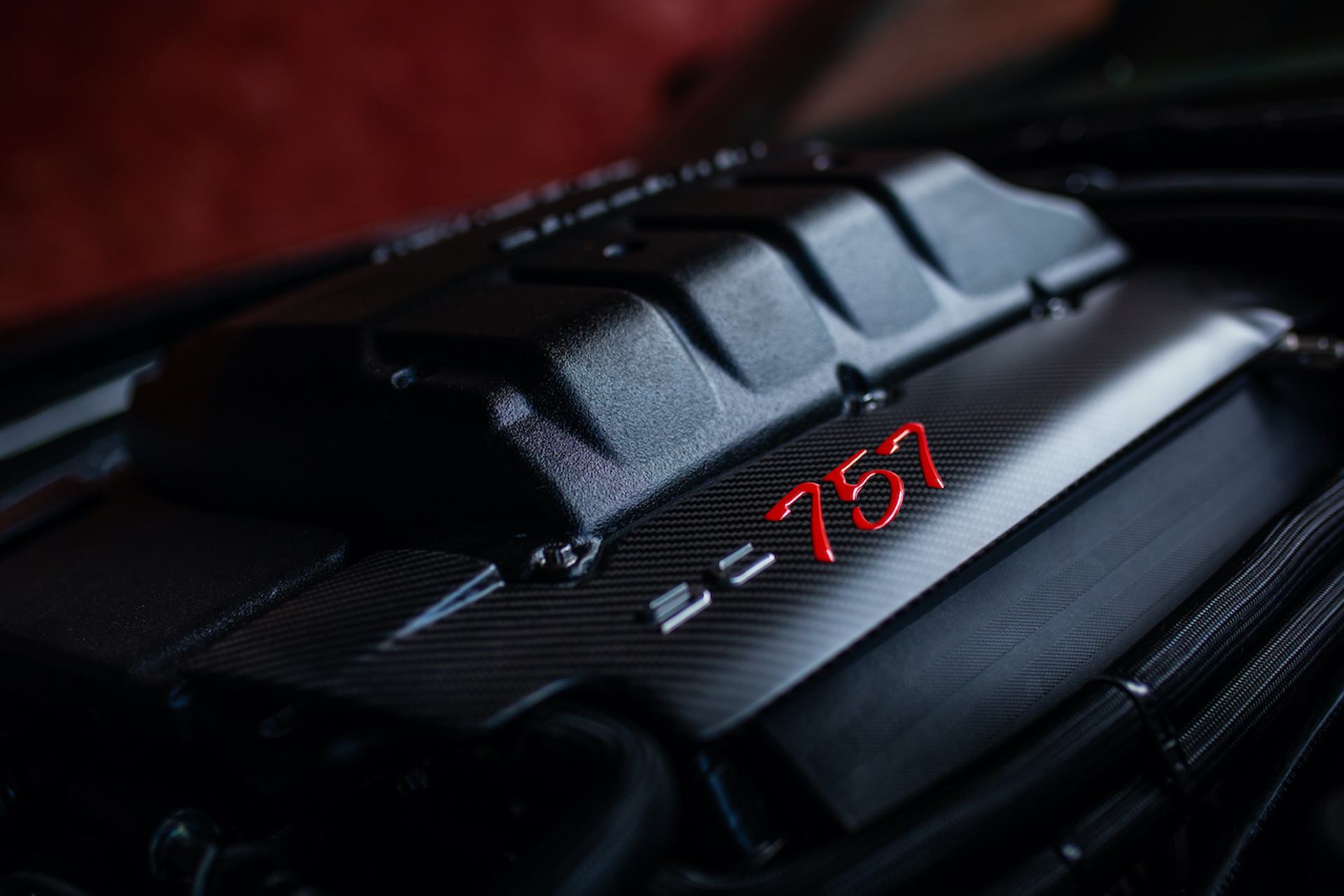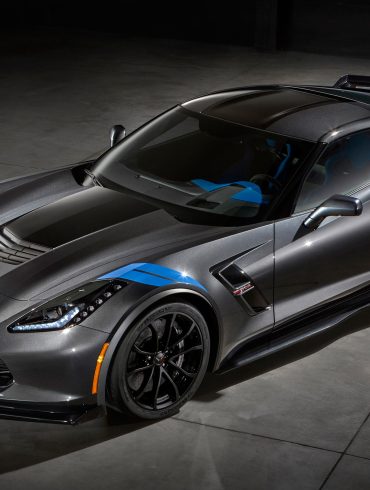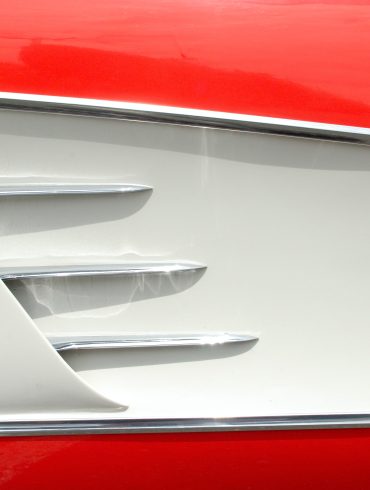Corvette Concepts & Prototypes
Corvette Evolution Told Through Its Concept Cars. Every Corvette Concept & Prototype In Detail.
Best Ever / C1 Era / C2 Era / C3 Era / C4 Era / C5 Era / C6 Era / C7 Era / C8 Era
The regular Corvette production cars are cool car and all, but if we're being totally honest, they have nothing on the creative Corvette concept cars and prototypes over the decades. We have always found Corvette concepts to be a source of inspiration, a view into the future of our favorite car. Chevy always showcased various styling and technology innovations through its concepts over the decades and that makes these cars an important part of the Corvette story. Most of these Corvette concepts and prototypes were experimental, either in design, engineering, and occasionally both. The latter was the category into which several Corvette concepts fell in the 1950s, and 1960s. Most ended up as scrap, some were redone, and many of them were never seen or heard of again after being displayed at Auto Shows. Some, however, were the basis for new models, new features, or the foundation for an entire generation. In fact, the very first Corvette, introduced at the 1953 Motorama in New York City, was itself a concept car.
Corvette Concept Cars: Developing America's Favorite Sports Car
We love Corvette concept cars so much that our very own Scott Kolecki (founder of CorvSport) wrote a book about it. How did Harley Earl’s original vision for a two-seat sports car progress through eight generations to become the car that we know and love today?
C1-Era Corvette Concepts
On January 17, 1953, a prototype Corvette sports car makes its debut at General Motors Motorama auto show at the Waldorf-Astoria Hotel in New York City. It was the starting point of the 1953 General Motors Motorama tour. One of the cars, a fiberglass prototype, EX-52, Shop Order (S.O.) 1737, generated enough enthusiasm from the public to push production ahead by several months, resulting in the use of Fiberglas for the bodies to hasten production. For a while, GM was considering a line of Corvettes, thus two Corvette-based prototypes – the Nomad (S.O. 1954) and the Corvair (S.O. 2071) – were crafted along with a mildly modified Corvette wearing a prototype detachable hardtop (S.O. 2000) for the 1954 GM Motorama. In 1961 under the personal supervision of Bill Mitchell, we got to see the wild-looking XP-700 and the Mako Shark I. A great era of concepts and prototypes.
C2-Era Corvette Concepts
The Mako Shark II is our favorite C2-era Corvette concept. It was built in 1965 under the direction of Bill Mitchell, and set the design standard for the 1968-1982 production Corvette. It made its debut at the 1965 Paris Auto Show. This hand-built Corvette was a favorite of Mitchell's and he drove it daily. This was also the era where we saw Chevy experiment with rear engined layouts and some wild designs.
C3-Era Corvette Concepts
The Manta Ray was a redesigned Mako Shark II sent on the 1970 show circuit, featuring many of the Mako II's outward features, such as side exhaust and a lower-body. The most notable change was the inclusion of the Chevy aluminum-block 427 cubic-inch ZL1 V8 engine which produced 430 horsepower. We can't talk about this era and not mentioun the Astro-Vette, an experimental Corvette built in 1978. The primary technological goal of Astro-Vette was to improve aerodynamics and minimize drag coefficient. The 4-Rotor was one of many 'Vette-inspired specialty cars that pushed the envelope of radical changes during the era. These ideas included gull-wing doors, and a mid-ship mounted Wankel rotary engine. The 4-Rotor featured high-tech interior displays and readouts and aerodynamic styling that influenced future Corvette designs. Anyone who has complained that the eighth-generation Stingray ruined the Corvette when its engine got moved behind the driver clearly doesn’t know the long history of the mid-engine Corvette program. Developed under the direction of Frank Winchell, the 1968 Astro II was originally developed as a potential competitor to the production model of the original Ford GT-40.
C4-Era Corvette Concepts
Arguably one of the most radical of all the Corvette concept cars, the Indy Concept from 1986 was a mid-engine sports car that was an expression of pure design, without the constraints of driver ergonomics, cockpit accessibility, or adequate interior space. It featured a powerplant created by the Lotus company. The 1986 Corvette Indy Concept also served as a precursor to Chevrolet’s next engineering/research vehicle, the 1990 CERV III. This was an era where we saw several prototypes that were designed to push the engineering and performance envelope for the Corvette platform, from a focus on the chassis, handling and engine to advanced active suspension components.
C6-Era Corvette Concepts
The Stingray concept was a sports car whose body was based on the Q-Corvette, the design was later reworked to fit the Corvette SS chassis. The body is made of fiberglass, with aluminum reinforcement. It’s fitted with a Chevrolet small-block V8 engine. The stingray influenced the design of the Mako Shark I. The best part about this concept is that we got to see it in action in the Transformers movies. We also saw some serious performance-focused prototypes and concepts during the C6 era.


